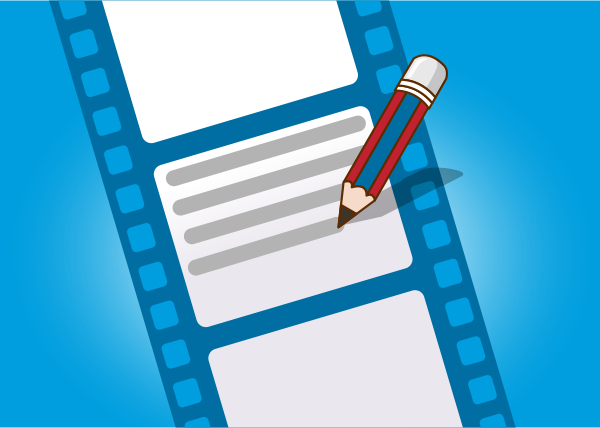Practicum
Overview of the Practicum
Students will apply what they have learned throughout the modules to produce their films. Students will be shooting and completing post-production on their project with the application of the learned skills – directing, producing, writing, cinematography, editing, or art direction.
Module Structure and Curriculum
| 1. | PROJECT FILM – SCREENWRITING | In this part of the practicum students will implement their acquired knowledge of the art and craft of screenwriting, including proper screenplay formatting, story structure, character development, dialogue, descriptive prose, visual exposition, narrative strategies, and thematic exploration. Students will explore and evolve the central principles underlying formatting, idea generation, story structure, character development, dialogue, exposition, and thematic exploration. |
| 2. | PROJECT FILM – WRITING AN OUTLINE | In this part of the practicum students will implement their acquired knowledge to design the story, create a balanced relationship between the characters and how the plot will unfold in specific scenes. Students will understand the purpose and value of a detailed outline and will continue to understand structure and genre as it pertains to their content. |
| 3. | PROJECT FILM – DIALOGUE WRITING | In this part of the practicum students will implement their acquired knowledge for creating active exposition, character-driven dialogue and dialogue that support story progression. Students will write a series of original scenes and will also be introduced to the challenges of re-writing another writer’s work. |
| 4. | PROJECT FILM – STORY EDITING | In this part of the practicum students will implement their acquired knowledge of the concepts and aesthetic of basic editing and to the role of the editor as a storyteller. Students will practice editorial skills, including dialogue editing, scene transitions, time and space perception, tempo, sound effects, graphics, editing picture to music, and mood changes. |
| 5. | PROJECT FILM – ACTION LINE | In this part of the practicum students will implement their acquired knowledge of the importance and significance of visual storytelling. A screenplay needs to be a compelling read before it can become a great film, and well-written action lines (descriptions) are vital to a successful screenplay. Students will practice the craft of communicating economically and effectively without dialogue. |
| 6. | PROJECT FILM – PREPRODUCTION | In this part of the practicum students will implement their acquired knowledge of the philosophical approach to the project movie as well as the further development of content and casting. |
| 7. | PROJECT FILM – FILMMAKING | In this part of the practicum students will implement their acquired knowledge of how to master control over image production in digital formats. Variables in lighting, exposure, camera positions and blocking the action of a scene with a director are covered. In addition to being trained to operate advanced camera equipment, students study basic color theory. Special attention is given to the emotional attributes that can be assigned to an image. This part of the practicum focuses on the exterior day and exterior night lighting and explores camera movement to tell the story and capture the character. |
| 8. | PROJECT FILM – PRODUCTION | Students produce their films by serving in many of the positions involved in professional film production. Subjects covered include set decorating, prop rentals, directing prep, working with talent, cinematography, lighting choices, lens selections, production organization and hierarchy, with a focus on safety, collaboration and the role of the crafts in storytelling. |
| 9. | PROJECT FILM – POSTPRODUCTION | In this part of the practicum students will implement their acquired knowledge of the standard definition non-linear post-production process using industry-standard digital video editing workstations. Students learn timing and transitions to enhance the storytelling process while working with using various forms of content. |
| 10. | PROJECT FILM – EDITING I | In this part of the practicum students will implement their acquired knowledge of the concepts and aesthetic of basic editing and to the role of the editor as a storyteller. Students practice editorial skills, including dialogue editing, scene transitions, time and space perception, tempo, sound effects, graphics, editing picture to music, and mood changes. |
| 11. | PROJECT FILM – EDITING II | In this part of the practicum students will implement their acquired knowledge of the control of picture, sound, and performance, and how to develop the content, mood and pacing of a narrative story. As editors, students work with the story arc, editing beats, structure and visual-sound continuity. Students also explore and apply organizational and workflow skills to asset management, sequence nesting, compositing, file or project import/export and other aspects of timeline and project management. |
Running Curriculum Elements
- analysing of feature and television drama script
- screening and analysis of films in group sessions with tutors analysing them from the point of view of a screenwriter
- team building and group cohesion improvement games and activities
Evaluation / Self-Evaluation
Student progress is monitored and assessed by means of written self-evaluations supported by tutorial feedback and assessments.



